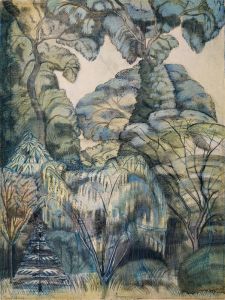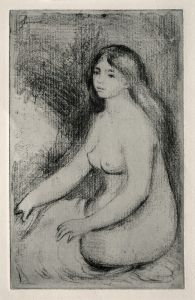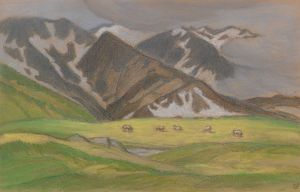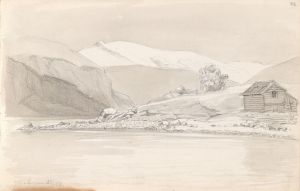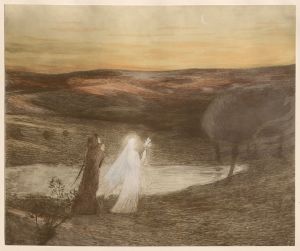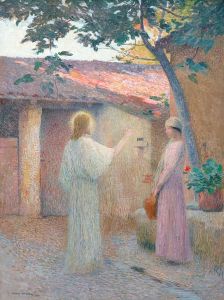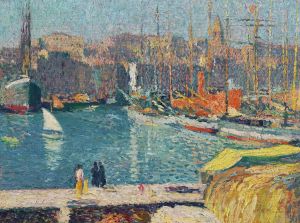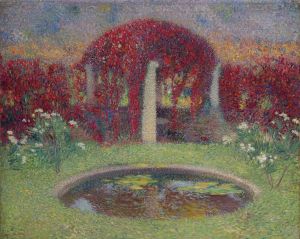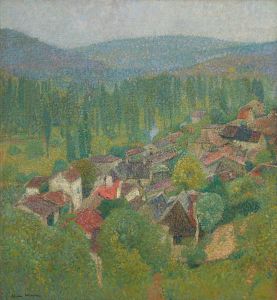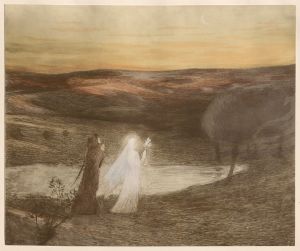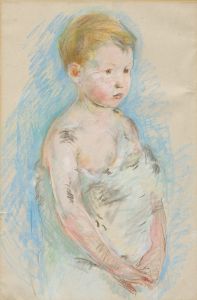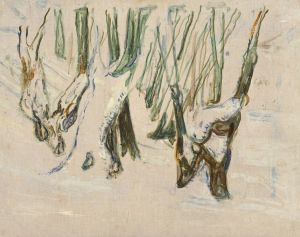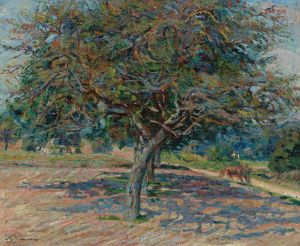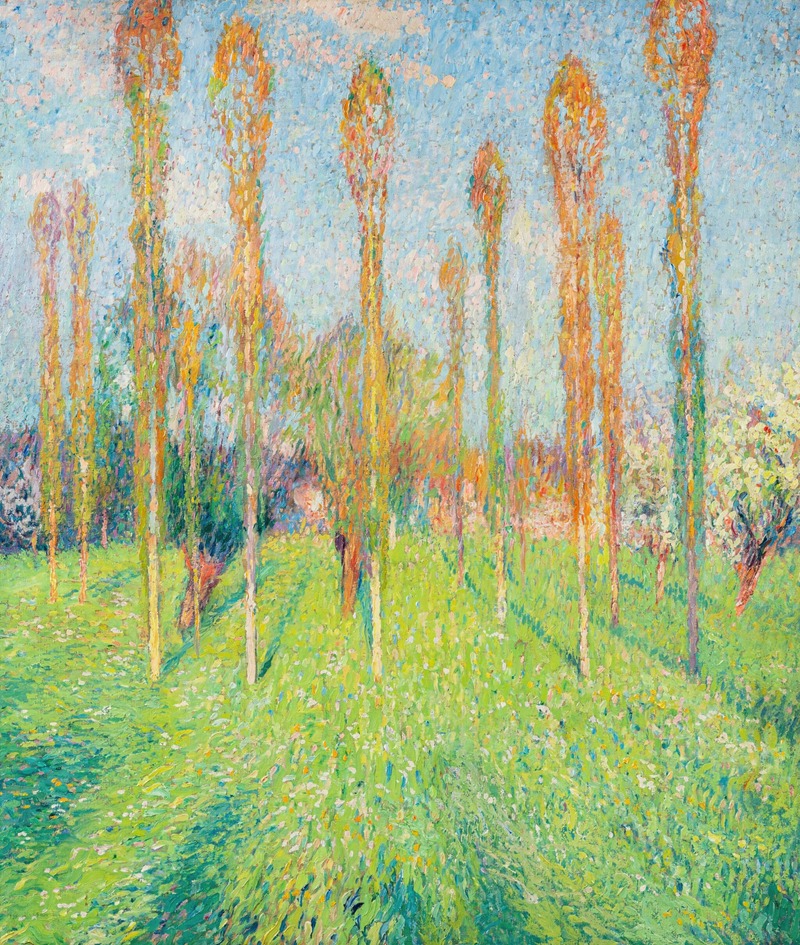
Prairie ensoleillée aux peupliers
A hand-painted replica of Henri Martin’s masterpiece Prairie ensoleillée aux peupliers, meticulously crafted by professional artists to capture the true essence of the original. Each piece is created with museum-quality canvas and rare mineral pigments, carefully painted by experienced artists with delicate brushstrokes and rich, layered colors to perfectly recreate the texture of the original artwork. Unlike machine-printed reproductions, this hand-painted version brings the painting to life, infused with the artist’s emotions and skill in every stroke. Whether for personal collection or home decoration, it instantly elevates the artistic atmosphere of any space.
Henri Martin was a prominent French painter known for his contributions to the Post-Impressionist movement. Born in 1860 in Toulouse, France, Martin developed a distinctive style characterized by his use of vibrant colors and pointillist technique, which he adapted from the Impressionists and Neo-Impressionists. His works often depict serene landscapes, gardens, and rural scenes, capturing the beauty of the French countryside.
"Prairie ensoleillée aux peupliers" is one of Martin's notable works, showcasing his mastery in rendering light and atmosphere. The title, which translates to "Sunny Meadow with Poplars," suggests a scene filled with natural light and the presence of poplar trees, a common motif in Martin's landscape paintings. This painting exemplifies Martin's ability to convey the tranquility and harmony of nature through his art.
Martin's technique involved the application of small, distinct brushstrokes of color, which, when viewed from a distance, blend together to create a luminous effect. This method is reminiscent of the pointillism technique pioneered by Georges Seurat, although Martin's approach was more fluid and less rigid in structure. His use of color was particularly innovative, as he often employed a palette of bright, contrasting hues to evoke the changing effects of light and shadow.
Throughout his career, Henri Martin was deeply influenced by the landscapes of southern France, particularly the region of Midi-Pyrénées, where he spent much of his life. The natural beauty of this area, with its rolling hills, lush meadows, and tall poplar trees, provided endless inspiration for his work. "Prairie ensoleillée aux peupliers" likely draws from these familiar surroundings, capturing the essence of a sunlit day in the French countryside.
Martin's work gained significant recognition during his lifetime, and he was awarded numerous accolades, including the prestigious Grand Prix at the Exposition Universelle in 1900. His paintings were celebrated for their ability to evoke a sense of peace and contemplation, qualities that continue to resonate with viewers today.
In addition to his landscape paintings, Martin also created murals and decorative works for public buildings, further establishing his reputation as a versatile and accomplished artist. His contributions to the art world were significant, as he bridged the gap between Impressionism and the emerging modernist movements of the early 20th century.
"Prairie ensoleillée aux peupliers" remains a testament to Henri Martin's artistic vision and his dedication to capturing the beauty of the natural world. The painting invites viewers to immerse themselves in the serene landscape, offering a moment of reflection and appreciation for the simple yet profound beauty of nature. Through his work, Martin continues to inspire and captivate audiences, solidifying his legacy as one of France's esteemed painters.





